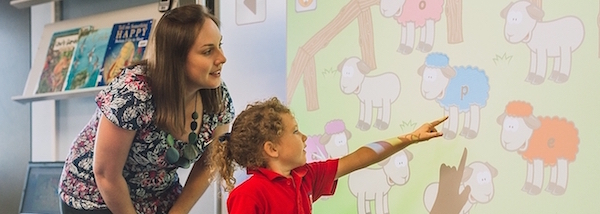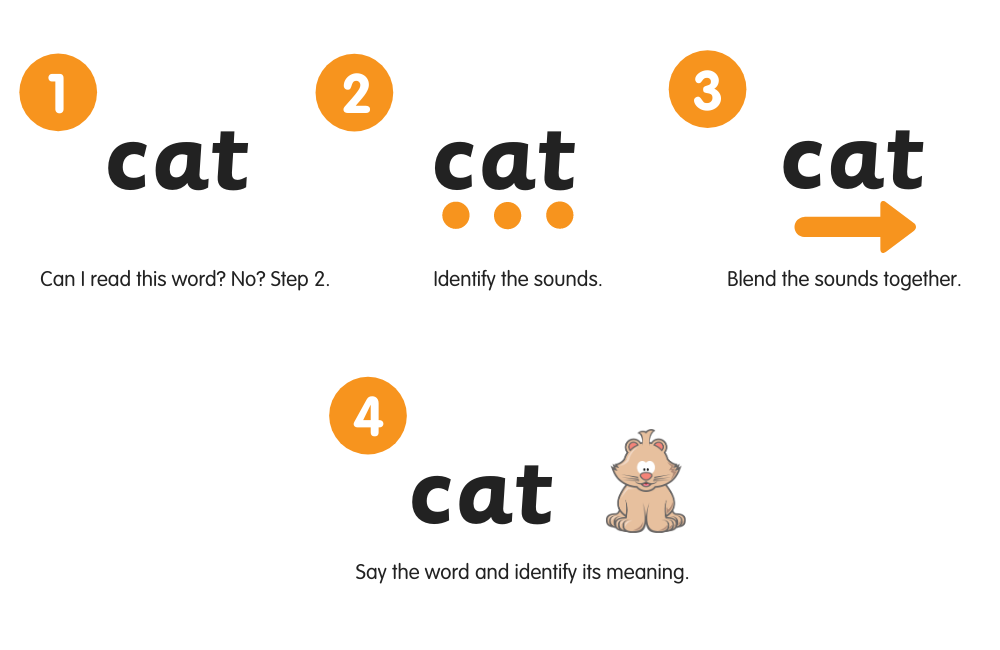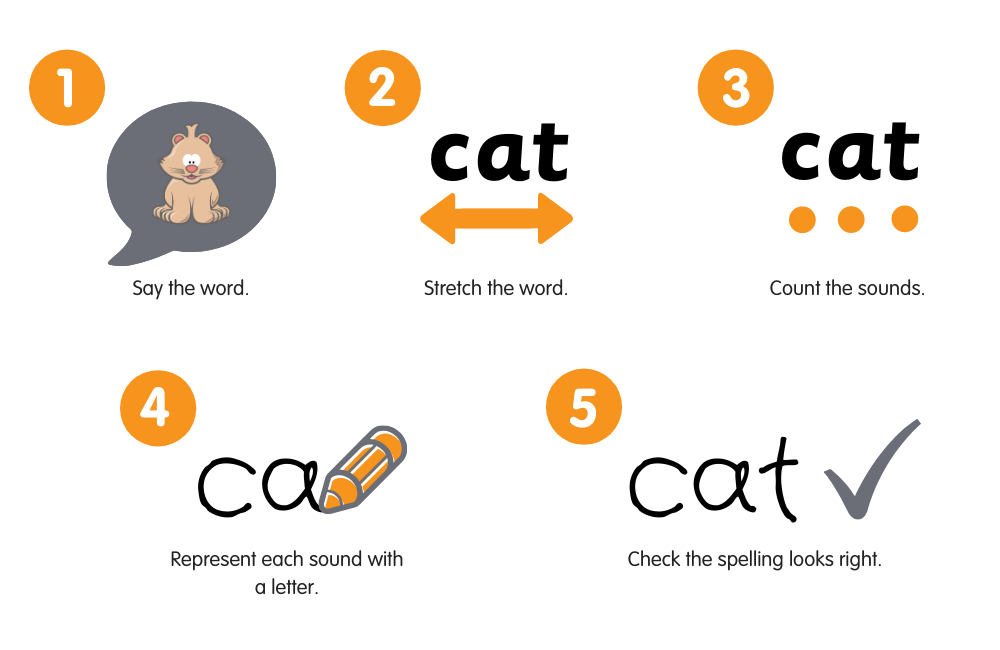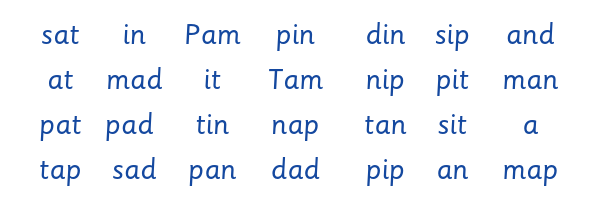Research shows that to get every child reading and spelling we need to teach phonics with a systematic and explicit approach. In the United Kingdom this approach is known as synthetic phonics. We’re a global team, but it’s the UK’s recommendations that have informed Phonics Hero; it’s thorough, comprehensive and well-tested.
 Learning to read with our synthetic phonics games.
Learning to read with our synthetic phonics games.Synthetic phonics is a strange, technical name that has nothing to do with being artificial! The ‘synthetic’ name comes from the synthesising or blending of sounds to make a word and enable children to read. The teaching reading and spelling with synthetic phonics will have the following characteristics:
The English language has 26 letters but 44 unique sounds, each with lots of different ways to spell them. A synthetic phonics approach will teach these 44 sounds from the simple to the more complicated logic.
First off, children are taught that each alphabet letter has its own unique sound. For example:

Once children have this concept, the logic is made a little harder. Two (or sometimes three) letters can also come together to make a new sound. For example:

The next layer of complexity is where you really start to see spelling improve. Children learn that a sound can be represented in many ways. For example the /ee/ sound:

Finally, children will learn that a letter or group of letters can represent different sounds. For example:

As soon as children have learned between 6-8 alphabet sounds, they must start blending to read words. Many programs will wait until children know all 26 alphabet sounds. This is completely unnecessary – it should be done much earlier. By doing it earlier, we demonstrate to children why we are learning the sounds; to blend words to read.
The process of reading involves decoding or ‘breaking’ words into separate sounds, which can then be blended together to read an unknown word. Children tackle each word with four steps:

The process of spelling is the reverse to reading. It requires children to identify the sounds in a word and then to match a letter (or letters) with that sound to essentially ‘make’ the word. This takes a five step process:

Let’s assume that children have learned eight sounds:

The texts children practise and apply their knowledge with, should only use the sounds the children have been taught. Many phonics books and apps make the mistake of giving words which are child-friendly and use the target sound, but throw in sounds which the children simply have not learned yet. For example:

The /oo/ in ‘moon’, the /u/ in ‘mud’ and the /e/ in ‘men’ haven’t been taught yet (remember the child has only learned: satpinmd, so far). It is therefore unfair to expect a child to read these words if they don’t have the knowledge of all the sounds. In synthetic phonics, children only read words which use the sounds they have learned – they will be entirely decodable. Look at all the words they could read with only these 8 sounds:

For more reading on synthetic phonics, check out: